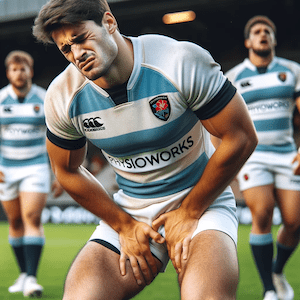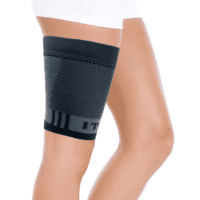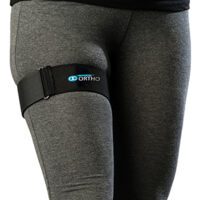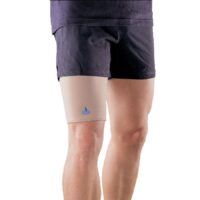
Groin Pain
Managing Groin Pain: A Physiotherapist’s Guide
Introduction
Groin pain, a common issue among athletes, can arise from various causes like adductor tendinopathy, femoroacetabular impingement, labral tears, hip arthritis, stress fractures, muscle imbalances, and hernias.
Conditions like rheumatoid arthritis also play a role.
The Root of Groin Pain
Athletes in sports requiring quick movements, sudden changes in direction, or jumping are prone to groin pain. The anatomy here is complex, involving tension in the pelvic joints and lumbosacral spine. This tension can lead to conditions like adductor tendinopathy.
The Role of Muscle Control in Groin Pain
Muscle control is key in recovering from and preventing groin pain. A coordinated effort of muscles – deep abdominal core, hip rotators, gluteals, adductors, and lower back muscles – is essential. Imbalances can lead to groin pain, with adductor muscle strain being a common injury.
Conclusion
Groin pain shouldn’t be an athlete’s downfall. Professional physiotherapy, understanding the injury, and proper muscle control are your path to recovery. Don’t let pain hold you back; consult a physiotherapist for expert advice.
What to Do?
If you’re suffering from groin pain, it’s vital to seek professional help. Contact your physiotherapist for a comprehensive evaluation and a customised treatment plan. Early intervention is crucial for a speedy and effective recovery.
Rochedale - Call 38410277
Book Online: RochedaleSalisbury - Call 32751044
Book Online: SalisburySandgate - Call 32691122
Book Online: SandgateRelated Articles
- Groin Strain: Offers guidance on the importance of professional intervention for groin strains, highlighting the risks of extended discomfort or serious injury without proper care.
- Hip Flexor: Iliopsoas Groin Pain: Discusses causes, treatment, and the significance of tailored exercise programs for managing hip and groin pain, emphasising the role of deep hip rotators and core muscles.
- Hip Adductor Tendinopathy: Provides an overview of common causes of hip and groin pain, including muscle strains and systemic diseases like osteoporosis and rheumatoid arthritis.
- Hip, Groin & Buttock Pain FAQs: Answers frequently asked questions about hip, groin, and buttock pain, offering insights into symptoms, causes, and treatments.
- Hip & Groin Pain Guide: A comprehensive guide on the causes, treatment, and physio advice for hip and groin pain, including recommendations for exercise equipment and support products.
- Osteitis Pubis: Focuses on this condition as a common cause of chronic groin pain, especially in athletes, and highlights the importance of diagnosis and tailored exercise programs.
- Hip Labral Tear: Explores the impact of hip labral tears on quality of life and the benefits of physiotherapy techniques focusing on strengthening and stabilizing the deep hip rotators and core muscles.
- Trochanteric Bursitis: Discusses the causes and treatments for trochanteric bursitis, including information on related conditions like hip labral tear and femoroacetabular impingement.
- FAIS (Femoroacetabular Impingement Syndrome): Offers insights into the causes of lateral hip pain and the effectiveness of physiotherapy in managing groin pain, highlighting exercises for deep hip rotators and core muscles.
































































